Home » How to Choose The Right Circuit Breaker
Circuit breakers play a crucial role in safety precautions. They regulate the quantity of electricity that passes through the electrical power supply system of a place. A properly functioning circuit breaker will identify and switch off the electrical supply if your place experiences an electric overload or short circuit. This will safeguard your cables and electrical equipment until the issue is solved and the power is restored.
A spring is wrapped over a little bit of solder within each circuit breaker. Each circuit breaker is connected to a wire that travels throughout your home. The solder conducts the energy that runs through your home. The solder melts when the associated wiring is at risk of overheating, causing the spring to stretch through the solder, pulling the switch off and shutting down a particular circuit. It is possible to reset the alloy once it has cooled down.
In order for a circuit breaker to perform successfully, you must fit the circuit breaker meet to your specific demands. After reading the following straightforward explanations, you’ll be equipped to select the proper circuit breaker for your property.
There are three voltage capacities for circuit breakers. Each one is designed to hold a specified amount of power.
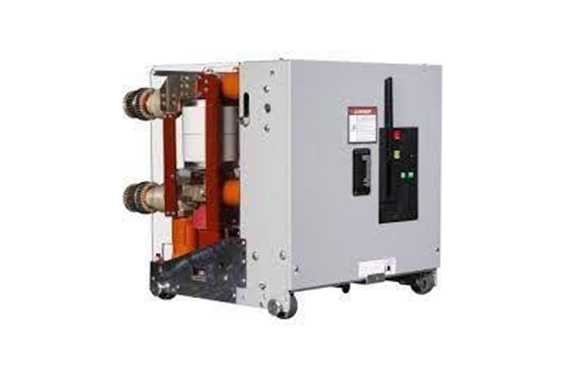
Interruption medium is basically the fluid that is used to break the passing of electric current in the circuit breaker. The fluid is usually oil, vacuum, gas or maybe no material at all.
Oil circuit breakers were widely used in utility industries in the past. However, owing to the popularity of the vacuum circuit breakers, and the ease of maintenance, vacuum circuit breakers are more widely used now.
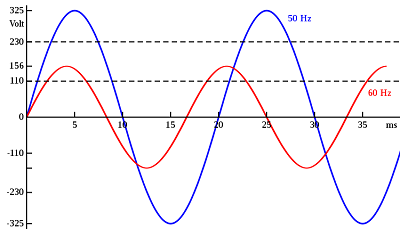
Circuit breakers with a capacity of up to 600 amps can be used at frequencies ranging from 50 Hz to 120 Hz. The high voltage vacuum circuit breaker will have to cut power if the frequency is higher than 120 Hz. Eddy currents and iron losses generate more heating within the thermal trip components during higher frequency applications, necessitating the breaker to be derated. The overall amount of duration is determined by ampere rating, frame size, and current frequency. As a general rule, the higher the ampere rating is in the given frame size, the more derating is required.
All breakers with a greater rate than 600 amps have a transformer-heated bimetal and are only appropriate for 60 Hz AC. Special calibration is commonly offered for 50 Hz AC minimum applications. Pre-calibrated breakers are available for 50 Hz and 60 Hz applications. The frequency of a diesel generator project will be either 50 Hz or 60 Hz. Before beginning a 50 Hz project, verify with an electrical contractor to ensure that all necessary calibration methods are in place.
An industrial circuit breaker is rated in amperes at a specified ambient temperature when it comes to the continuous current rating. The continuous current that the breaker carries at the room temperature where it was calibrated is specified by this ampere rating. Manufacturers of circuit breakers should calibrate their standard breakers at 104° F as a basic rule.
The kind of load and duty cycle determine the ampere rating for every conventional application. The National Electrical Code (NEC) governs ampere rating and is the principal information source on load cycles in the electrical contracting sector. Electrical and feeder circuits, for example, typically require a circuit breaker rated for the wire current carrying capacity. Consult NEC table 210.24 for varied standard breaker current ratings for various size conductors and acceptable loads.
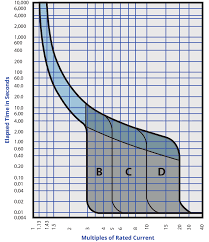
Simply described, a trip curve is a graphical representation of a circuit protection device’s intended behavior. Manufacturers of circuit safety devices give them to help customers choose devices that provide adequate equipment safety and efficiency while reducing nuisance tripping.
Circuit breakers must trip quickly enough to prevent equipment or wire failure, but not so quickly that they cause false or unnecessary trips. Circuit breakers must be sized adequately to account for inrush current to prevent nuisance trips. The transitory current transient that happens quickly (within half an AC cycle) following contact closure is defined by NEMA as instantaneous peak inrush.
When a machine, such as a clothes washer or vacuum cleaner, starts up, inrush current causes the lights in a house to decrease.
The interrupting rating is the maximum amount of fault current that the breaker Control Panel can handle. Circuit breakers have the ability to interrupt without triggering power failure. At any given time, the maximum amount of fault current delivered by a system can be estimated.
When selecting the right indoor circuit breaker, one unbreakable rule to remember is that the breaker’s interrupting capacity must be equal to or more than the quantity of fault current that can be supplied at the point in the system where the breaker is installed. The breaker will be damaged if the necessary quantity of interrupting capacity is not applied.
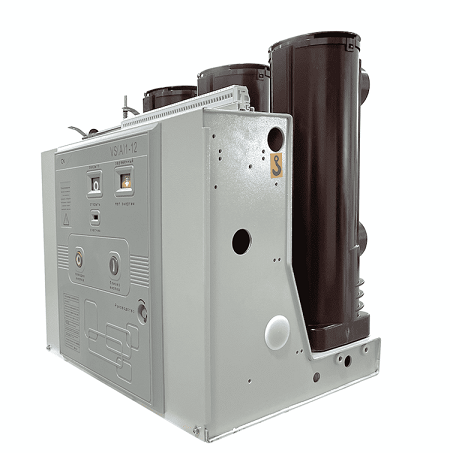
It’s critical to consider the end user’s location while choosing a medium voltage vacuum circuit breaker. Each breaker is unique, and some are better adapted to harsher situations than others. Consider the following possibilities when deciding which circuit breaker to use:
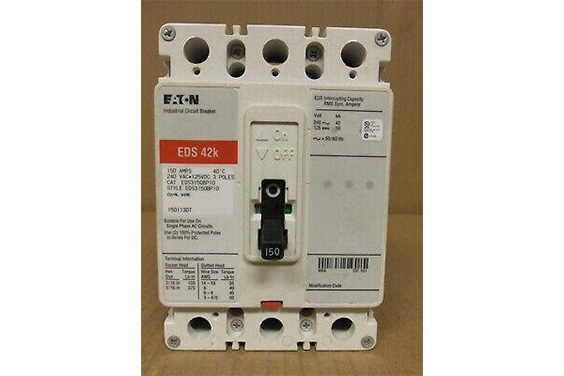
The number of poles refers to the number of entirely different circuits that can be protected by a circuit breaker at the same time. Single-pole circuit breakers can be developed into multi-unit or multi-pole assemblies, or single-pole circuit breakers can be formed into multi-unit or multi-pole assemblies.
A single-pole circuit breaker has three wire terminals for 20 amp 120VAC circuits. A 240VAC circuit with two hot wires can withstand up to 60 amps. Each wire requires its own breaker, but if one is turned on, the other must be turned off as well, or one wire will continue to carry current. A twin pole breaker does this function. A double pole breaker has twice the diameter of a single-pole breaker and has 4 terminals.
A three-phase electrical supply is used in industries, workshops, and office properties. Three hot wires give 480VAC to three-pole circuit breakers. As a result, the breaker requires three distinct switches that will cooperate when necessary. It’s basically three single-pole breakers tethered together. It’s three times the length of a single-pole breaker, with connectors for five wires.
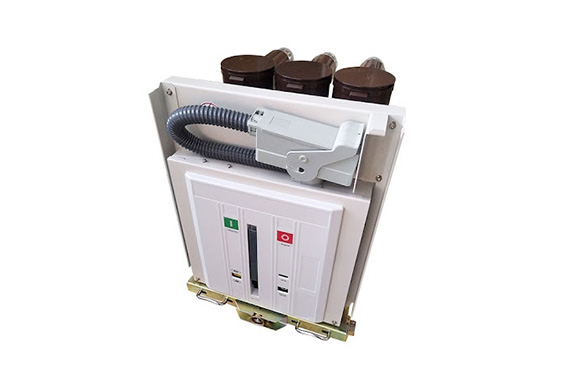
We can all agree that circuit breakers are an integral aspect of any electrical system and that their appropriate use is critical. An engineer must understand the fundamentals and functioning concepts of circuit breakers, as well as the proper choice of circuit breakers based on the application.
Finally, even if you’re a do-it-yourselfer, you should leave electrical work to the professionals. Your circuit breaker box isn’t as straightforward as the rest of your household appliances. If you try to meddle with the multiple cables, breakers, and voltage offerings in your panel, you could end up causing serious damage, especially if you’re trying to find a solution for often tripping breakers. Simply said, you should get your circuit breaker box examined by a professional if you suspect a problem and get circuit breakers from reliable circuit breaker brands.
Equip your business with long-lasting switchgear components that respond to your needs and smoothen electrical operations at affordable costs.
Supported File : JPG, AI, PNG, PDF, CAD, JPEG